An Optimization-based Approach to Shell Morphing
Please login to view abstract download link
Morphing of continuum bodies offers innovative strategies for shape optimization and structural adaptation in lightweight shell structures. A key challenge in shell morphing is achieving shape transitions in the absence of external forces while ensuring deformation efficiency and optimizing internal stresses. In previous studies, we explored shape transformations by prescribing non-uniform but isotropic strain fields, achieved through local metric changes to a flat reference domain. This approach leads to the generation of various smooth forms that satisfy a constant curvature requirement. However, when the prescribed metric is not compatible, achieving the desired target configuration becomes inherently infeasible. To address such cases, this study introduces an optimization-based approach leveraging the Comsol Multiphysics' optimization tool. Rather than directly imposing a target metric, which may be geometrically incompatible, we define a target shape and seek the closest achievable final configuration. The optimization process minimizes the distance, measured in terms of displacements or curvature, between the target and the current configuration by optimizing the parameters of an assigned anelastic distortion field involved in the transformation process. This strategy ensures that the final shell placement closely approximates the target form. By embedding this method within the nonlinear shell morphing framework, we extend previous analyses to scenarios where direct metric assignment fails. This research addresses the growing need for adaptable structures capable of responding to environmental changes, focusing on the precise manipulation of intrinsic geometric properties of the shape. The results provide deeper insights into the role of optimization in controlling shell configurations, with potential applications in architectural and engineering design, where geometric constraints impose fundamental limitations on form-finding and manufacturability.

